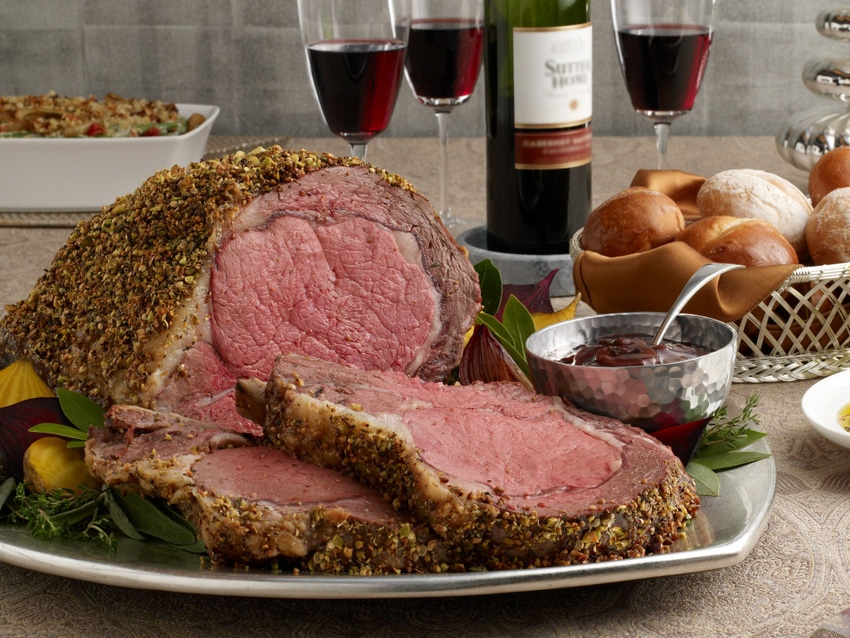Higher U.S. beef prices appear to be somewhat rationing domestic beef demand.
December 11, 2019

Despite plentiful beef supplies, retail supermarket beef features have been underwhelming in 2019, according to Iowa State University livestock economist Lee Schulz.
While many of the current questions surrounding U.S. beef production pertain to growing foreign demand for U.S. beef products, Schulz reminded that domestic retail demand remains the largest share of U.S. beef consumption.
“Higher U.S. beef prices appear to be somewhat rationing domestic beef demand, but overall demand remains steady,” he said. “Competition is also fierce in the meat case as U.S. red meat and poultry production is at record levels.”
The record levels mean retailers have a bevy of proteins to pick from and feature into the holidays, Schulz said, adding that as a result, consumers have many choices.
USDA’s Agricultural Marketing Service’s retail beef feature activity index tends to spike during major holiday times of the year. While steak and grind features occur during the summer grilling season including the holidays Memorial Day, Fourth of July, and Labor Day, Roasts are a big part of fall and winter holiday features. This year, Schulz said there has been a similar pattern of holiday features but added that beef feature levels have fallen short of both year-ago and five-year average levels.
“Through mid-November, the volume of beef retail features averaged 8% lower than a year ago and 6% lower than the five-year average before that. Seasonal meat offerings are expected to fill weekly feature advertisements in preparation for the upcoming holidays.”
Rib roasts dominate December demand leading up to Christmas, Schulz explained. In fact, in 2017, 61% of annual rib roast marketings occurred in November-December, 40% of which was in December alone. Typically, Schulz said that by the time October arrives, processors are building their stocks of middle meats in sufficient volume to meet the anticipated holiday demand.
According to USDA’s latest “Cold Storage” report, September saw a significant drawdown in beef inventories, likely in large part due to reasonably strong demand in export markets. September beef exports, on the other hand, were essentially even with last year. Through the first three quarters of the year, beef exports were 2% below last year’s record pace in both volume and value.
Beef in cold storage inventory is tracked by two categories—boneless beef and beef cuts—which provides little information of what products are really in cold storage. Boneless beef represents over 90% of the beef in cold storage. According to Schulz, total boneless beef inventories at the end of September were 8% lower than a year ago while beef cuts in cold storage were 23% lower than last year. Beef cuts in cold storage were 12% lower than the five-year average. Shulz said beef prices have been supported by the tight supply of beef in the freezer.
“The expectation is for prices to strengthen going into Christmas as end users draw from whittled down inventories and exports remain strong.”
The rib primal, reported in the comprehensive boxed beef cutout, for the week ending November 29th was $400.23/cwt, up over $35/cwt or 10% higher from the beginning of September. Wholesale rib values are up $11/cwt, or 3% from last year.
“Consumers who choose to wait or look for good deals, will likely find some good prices. This is because of retail features, which could be price discounts or non-price promotions such as buy one, get one free.”
You May Also Like

.png?width=300&auto=webp&quality=80&disable=upscale)

